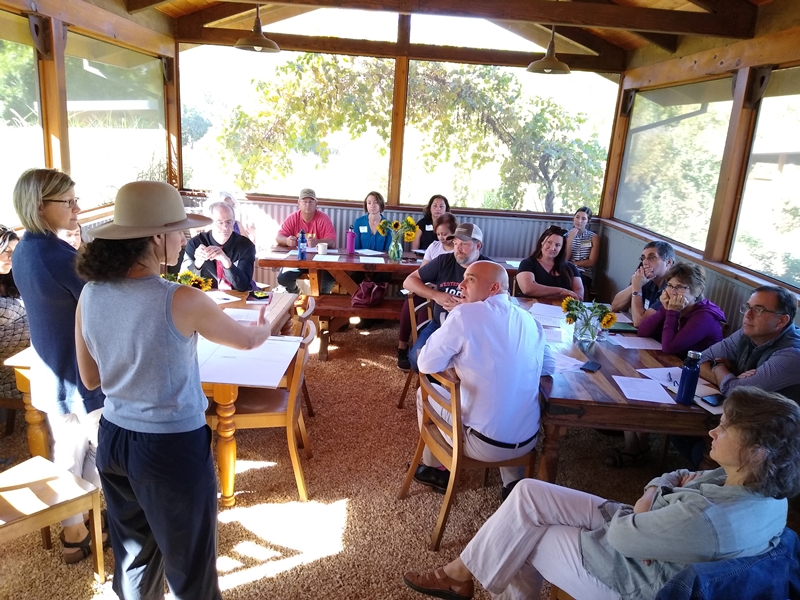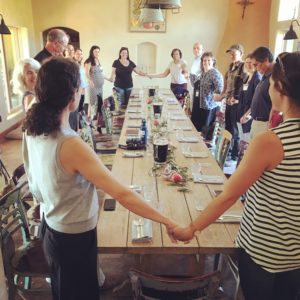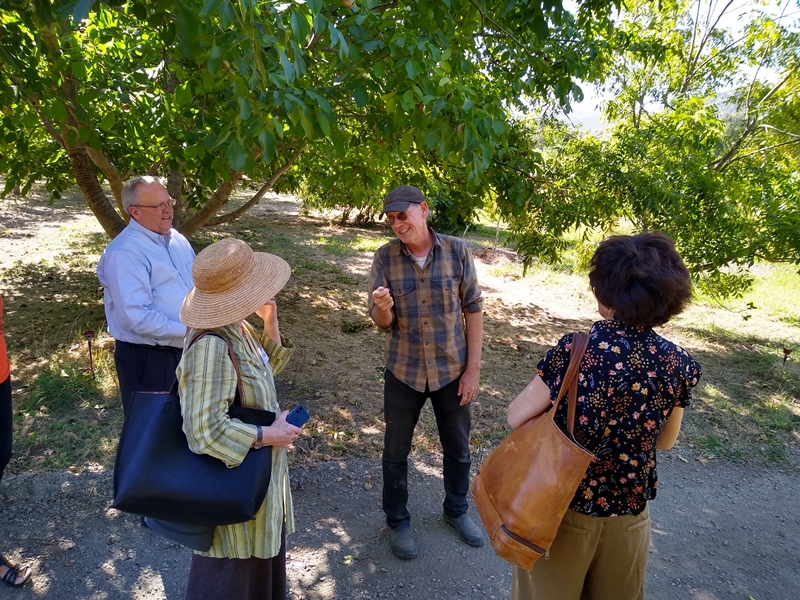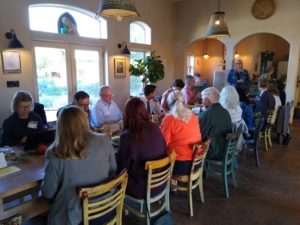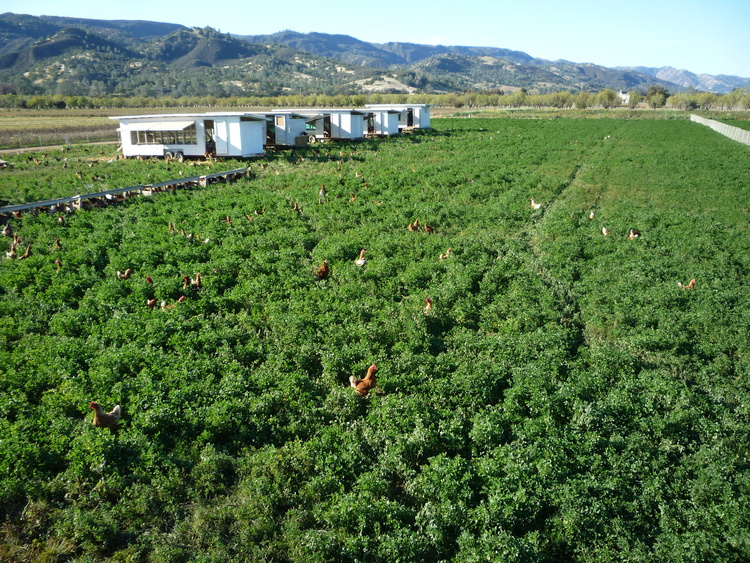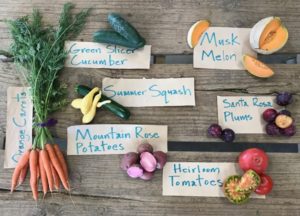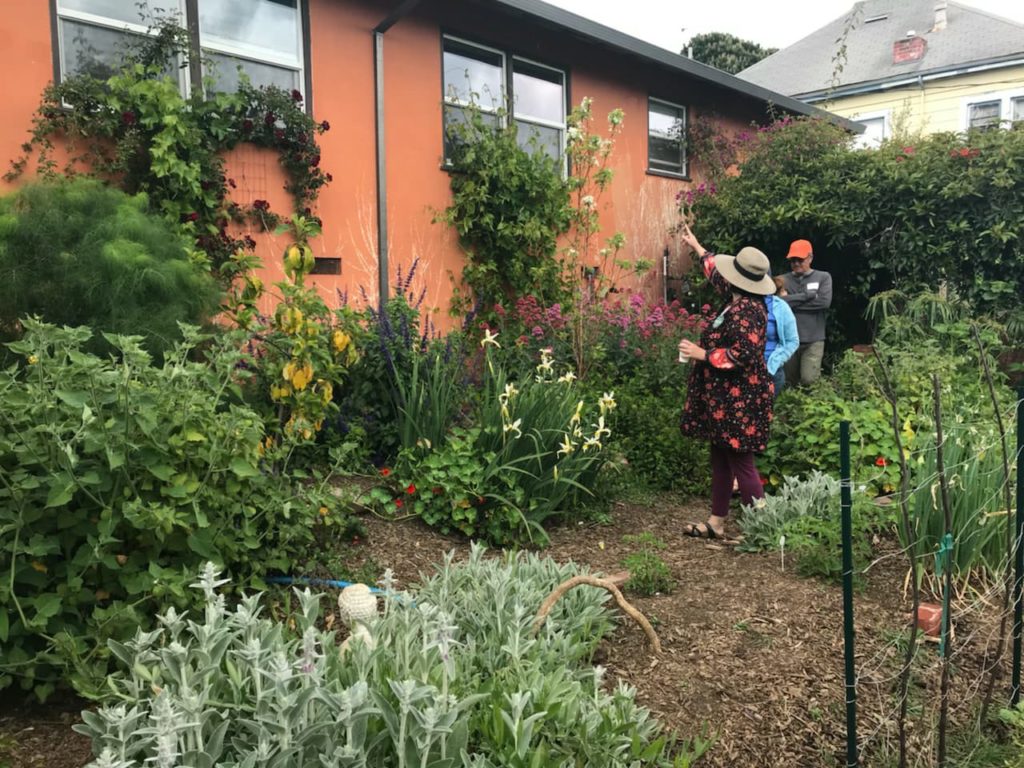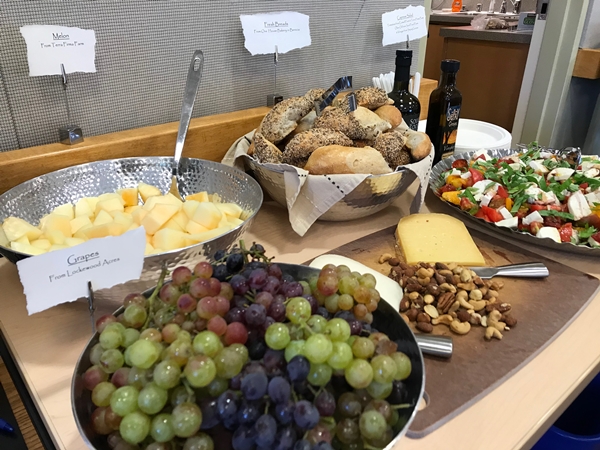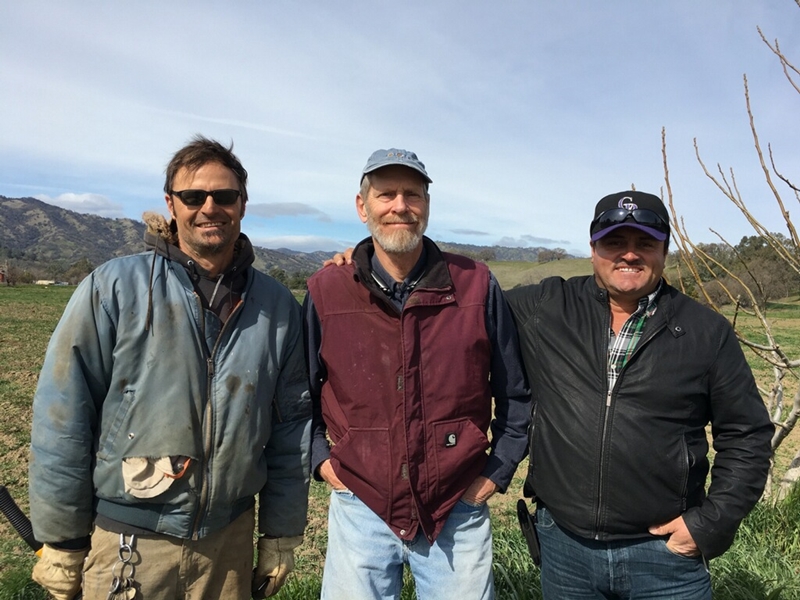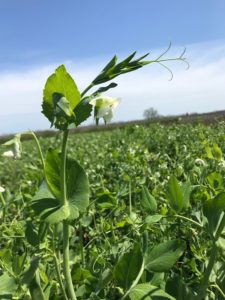Got Specialty Crops? Sustainable Solano Embarks on New Project, Funded by CDFA
By Stephanie Oelsligle Jordan, Local Food Program Manager
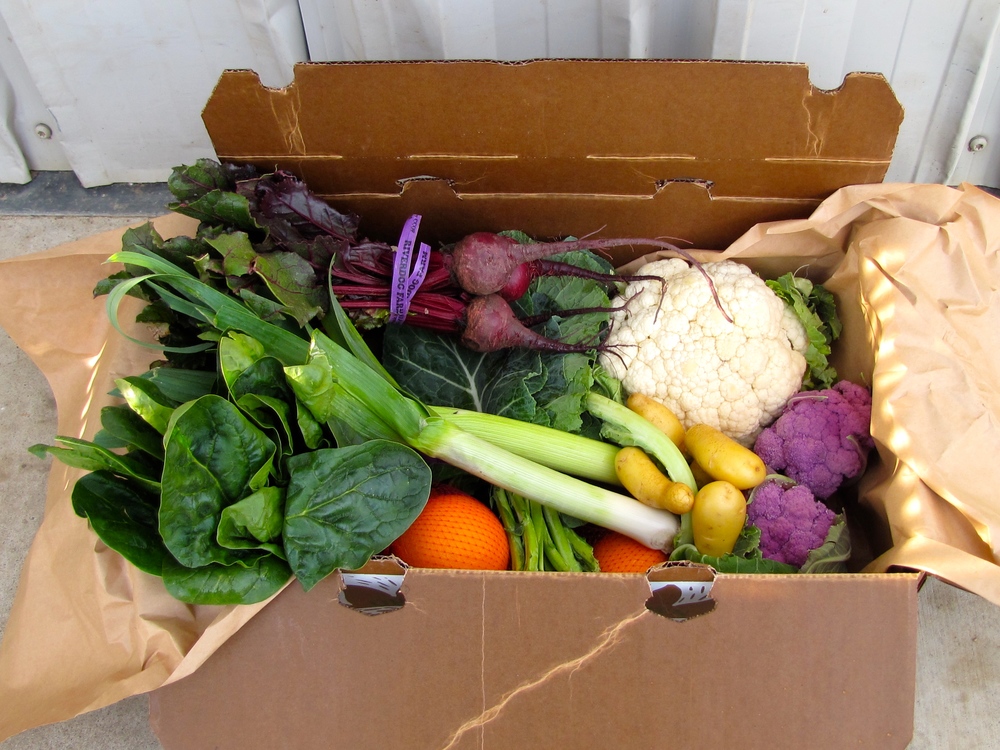
In our mission to create a local food system that is environmentally sustainable, economically viable and socially just, Sustainable Solano applied for a “Specialty Crop Block Program” grant from the California Department of Food and Agriculture. We are pleased to announce that we received the grant! The overall purpose of these funds is to support projects that increase competitiveness of specialty crops in California. Specialty crops are primarily those that we eat (fruit, vegetables, tree nuts, culinary herbs) but also include nursery products. As you might guess, over 100 specialty crops are grown in Solano County!
Sustainable Solano’s project is titled “Solano County Farm to Institution and Public Education Project,” and will take place from November 2019 through March 2022. There are four interrelated parts to the project. The first is development of an “info hub” of specialty crops, farmer profiles and collateral materials to promote Solano-grown specialty crops. Second is building a foundation for in-house hospital kitchens and culinary professionals (restaurants/caterers) to introduce one to two seasonal specialty crops per month. We will help bring attention to these foods through signage and other promotional materials developed in the “info hub.” Third, we will host 88 cooking classes all over the county (yes, 88!), to increase knowledge on the health benefits, sourcing and preparation of specialty crops. Finally, we will partner with Solano County Fairgrounds for a special event called Bounty of the County, which will pair farmers with restaurants for special tastings, educational events and more. We will also examine current county policies on agritourism and work to improve those that do not fully serve our farmers.
You might be wondering why “farm to institution” and “public education”? This project is in response to the results of a feasibility study led by our partners at UC Davis, which concluded that pairing farms with institutional customers (not end consumers) would provide a steady demand and allow them to increase capacity. The feasibility study also showed the need for increased public awareness on local, seasonal food around us and education on cooking/preserving those foods. Our place-based public outreach program seeks to establish personal relationships between communities and the farmers/food around them. Our ultimate goal is to have communities that value local food, leading to greater economic stability for our specialty crop farmers.
Stay tuned for updates, and keep an eye out for those cooking classes! We will be looking for people who know how to cook and want to share that knowledge within their communities by leading these classes. If you’re interested or have questions, send a message to stephanie@sustainablesolano.org

